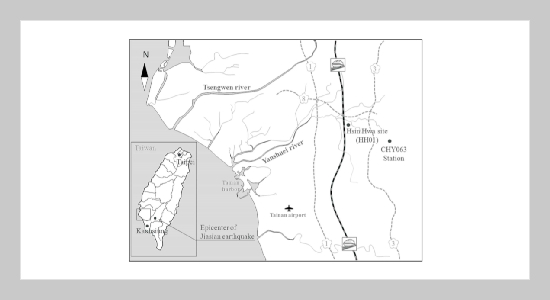M. H. Chang 1, J. W. Chen1 and W. F. Lee2 1Department of Civil Engineering, National Cheng Kung University, Tainan, Taiwan 701, R.O.C.
2Ground Master Construction Co., LTD, Taiwan R.O.C.
Received:
April 29, 2016
Accepted:
September 5, 2016
Publication Date:
March 1, 2017
Download Citation:
||https://doi.org/ 10.6180/jase.2017.20.1.08
Since the destruction phenomenon of soil liquefaction was proposed in 1920, soil liquefaction was turned into popular topic in geotechnical Engineering. Soil liquefaction potential became the main research target, but post-liquefaction secondary disasters were paid slight attention. In fact, postliquefaction subsidence occurred significant safety issues to people lives, such as land settlement, house collape and seawall damage. Severe earthquakes occurred in Japan, Taiwan and New Zealand in recent years, the wide distribution of non-plastic silty sand was observed in the damage area. Related researchers devoted more effort to the special soil liquefaction engineering properties of non-plastic silty sand and proposed plenty research results. In this study, Hsinhwa area in Taiwan was selected as research site to investigate the post-liquefaction volumetric strain behavior of non-plastic silty sand. High quality undisturbed soil specimens were obtained by undisturbed sampling technique for laboratory tests, the influence of void ratio, fines content and disturbance effect to post-liquefaction volumetric strain of non-plastic silty sand were investigated. According to the test results, post-liquefaction volumetric strain of non-plastic silty sand increased with void ratio, fines content and disturbance effect increased, it indicated that non-plastic silty sand was a sensitive and susceptible to soil disturbance. In addition, a more direct preliminary assessment method was proposed in this study. Research progress presented here is hoped to be helpful in understanding post-liquefaction volumetric strain behavior of non-plastic silty sand in future engineering applications.ABSTRACT
Keywords:
Non-plastic Silty Sand, Post-liquefaction Volumetric Strain, Void Ratio, Fines Content, Disturbance Effect
REFERENCES
















